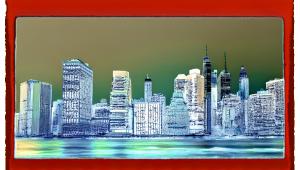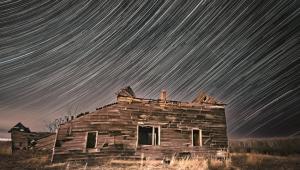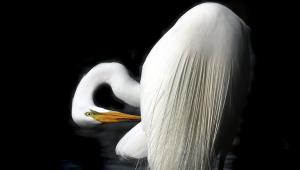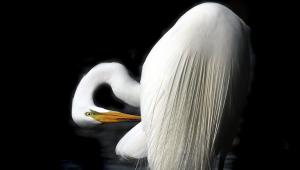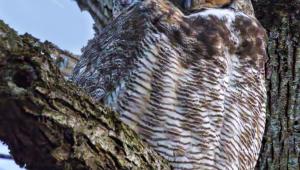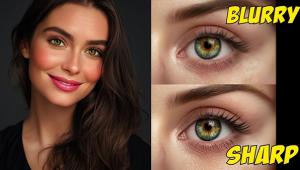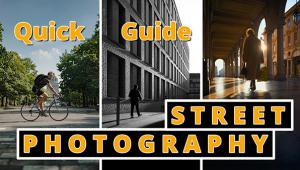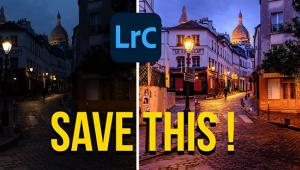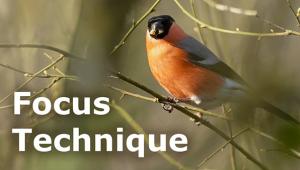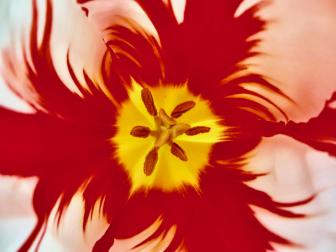Capture Cultural Details: A Photographer’s Eye
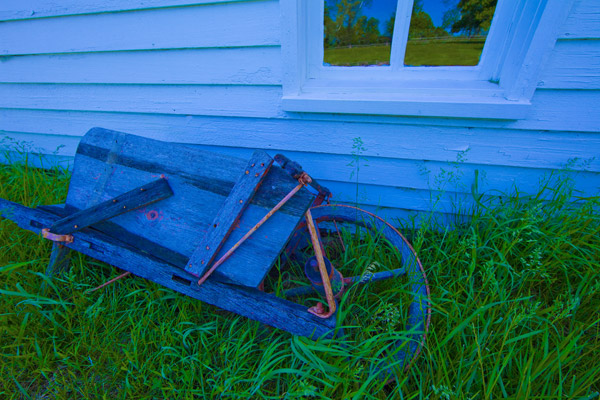
All Photos © Jim Zuckerman

In your travels, keep in mind that an important part of capturing the beauty that you see is in photographing the details. There are a million examples of what I’m talking about because details can be extremely varied. From a collection of “evil eyes” in an outdoor market in Turkey (#3) to feathers held by a young Indian woman at a pow wow in Arizona (#4), a camera in the hands of a photographer with a vision can reveal intriguing aspects of the world by focusing on the minute details.
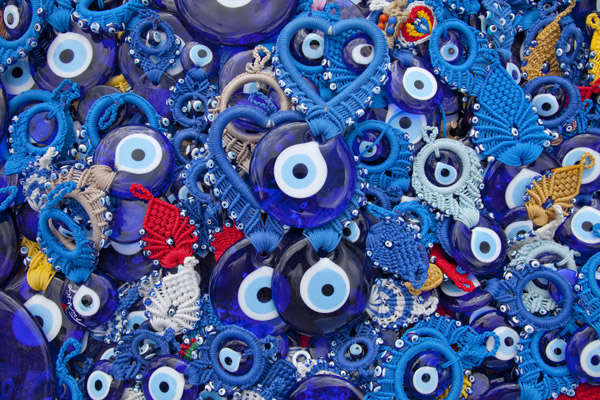
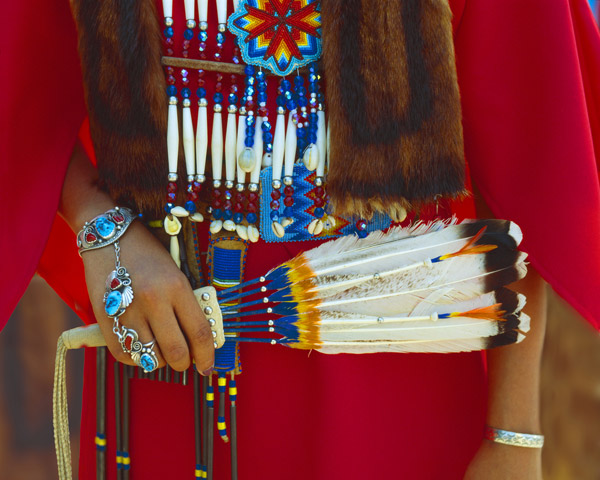
When the weather is bad or when you don’t have the time or the energy to go far from your hotel, you can always turn your attention to details and you will be surprised by the amazing images you can find. For example, the red vase in the alcove (#5) was taken in the hotel in which I was staying in Barcelona. It was in the hallway on my floor, and I loved the simplicity of the design, the way the artificial lighting was done, and the striking color. Another case where I didn’t have to leave my lodging to capture a wonderful detail was in a bed and breakfast establishment in San Miguel de Allende, Mexico (#6). I thought the owners did a beautiful job in designing their place, and I photographed dozens of details. Sometimes, in fact, I choose hotels and bed and breakfast lodging specifically because they have so many wonderful details to photograph. In San Jose, Costa Rica, I stayed in a hotel known for its manicured garden full of exotic tropical plants. As soon as I checked into the hotel upon arrival, I scouted the grounds of the hotel and then waited for the sun to get lower in the sky before shooting (#7). Flowers and plants look best, in my opinion, when the lighting is soft and diffused.



If you have trouble identifying subjects that turn into great detail pictures, there are four concepts that you can focus on as you are studying your environment. They are graphic design, color, patterns and cultural details.
Graphic Design
The impact that beautiful graphic shapes have on a picture can’t be overstated. In my opinion, it is the fundamental ingredient that makes or breaks an image. It defines the artistry of the subject and the photograph. The unique windows I found in Strasbourg, France (#8) are a good example. Yes, the lighting is flattering, the splash of red color looks good, and the composition works, but it is the graphics of this picture that hold your attention. The simple design of the colorful door I found in Morocco (#9) is also nicely graphic. The other aspects of the picture have to be well done, of course, but without a strong and effective graphic design, the picture doesn’t have a chance.
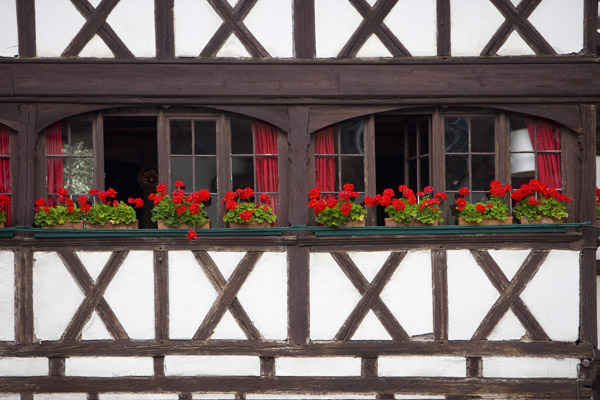

Look how bold the graphic design is in the picture of a ladder on the side of a boat in Motril, Spain (#10). This is one of the few examples where harsh, midday sunlight looks very good. The shadow repeated the form of the ladder, and together those two elements define the image. The forms of the mineral deposits in Pemukkale, Turkey also define the image (#11). The color looks good, it’s true, and the lighting is attractive. The texture on the water also works nicely. What makes this picture successful, though, is the graphic nature of the mineral deposits with their beautiful curves and contours.

Color
Colorful details always stand out as striking images. I think of theses kinds of subjects as eye candy—beautiful bits and pieces of my travel experiences that are fun to discover and great to shoot. For example, the dazzling color and design of a blanket in Peru (#12) caught my eye in a marketplace. Notice how I filled the frame with only the fabric so nothing else would distract our eye from the subject. Also notice the light—it’s soft and diffused. I purposely chose a blanket that was in shadow as opposed to direct sunlight. Many photographers think you need the bright sun to give you brilliant color. That’s not true, and you can see that very clearly in this image.

I also filled the frame with colored glass at the Grand Palace in Bangkok, Thailand (#13). There are many stylized figures that are dressed in elaborate costumes made from glass, and moving in close with a medium telephoto lens allowed me to eliminate everything else and focus on the color.

Reflections in water often make wonderful detail shots, especially when the subjects being reflected are colorful. In Bodrun, Turkey, I spotted this wonderful abstraction (#14) of boats and their flags. The blue color comes from the sky, and the angle of the sun was low enough in the sky so shadows were filled in and contrast was minimized. This helped make the colors pop.

Nature offers wonderful color detail in many forms. This is a favorite subject of many photographers. In tropical areas of the world like Papua, New Guinea, you could spend your entire trip photographing flowers and plants that offer great color. The large leaf on the jungle floor (#15) was illuminated by soft light due to the thick jungle canopy, and I took advantage of that to capture the beautiful mix of colors. I used a tripod, of course, to make sure the depth of field was sufficient to render every part of the composition with tack sharp clarity.

Patterns
If you look for photogenic patterns, they are not easy to find. They don’t pop up everywhere, at least not like strong graphic designs and colorful subjects. When you stumble upon a pattern, though, it’s always a happy discovery. Such was the case when I visited a Bangkok doll factory. I never expected to find such a unique pattern as the doll heads presented (#16). They weren’t perfectly arranged, so I spent a few minutes and made the rows of heads more uniform. When you travel, your “creative antenna” should always be alert because you never know what you’ll find.

When I shoot wildlife, patterns frequently can be seen in the markings of animals like the two giraffes I photographed in Kenya (#17). Similarly, in one of the frog and reptile workshops I give twice a year in St. Louis, I showed students how intriguing the patterns on a chameleon can be (#18). This picture was taken with a 50mm macro lens and extension tubes along with a ring flash. That’s why the lighting is so uniform. I also had uniform lighting in Florida when I visited an orchid house and photographed this beautiful arrangement of leaves (#19). I like shooting inside greenhouses for two reasons. First, the light is always diffused and flattering to all of the botanical subjects, and second there is no wind. This means that long exposures can be made because the subjects won’t be moving at all. This assumes, of course, that you are using a tripod.


Cultural And Historical Details
Woodcarvings, metalwork, inlaid marble, masks, and many other expressions of art and culture make excellent photos. The woodcarving on the bow of a ship in a Turkish harbor (#20) caught my eye, for example, and the exquisite side lighting from a low angled sun added to the artistry of the picture. It created attractive shadows and added warmth to the wood. A carving of a dragon on a door in the courtyard garden of my hotel in Bali, Indonesia (#21) was another detail that I liked. In Colmar, France, I was walking down the main street in this photogenic village and spotted a unique metal grill covering a door (#22).
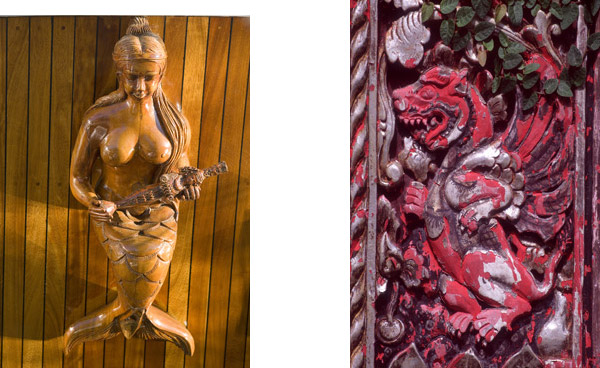

These are the kinds of details that enrich your experience of “being there.” When you look over your collection of images from the trip, detail shots tell an important part of the story.
- Log in or register to post comments

















